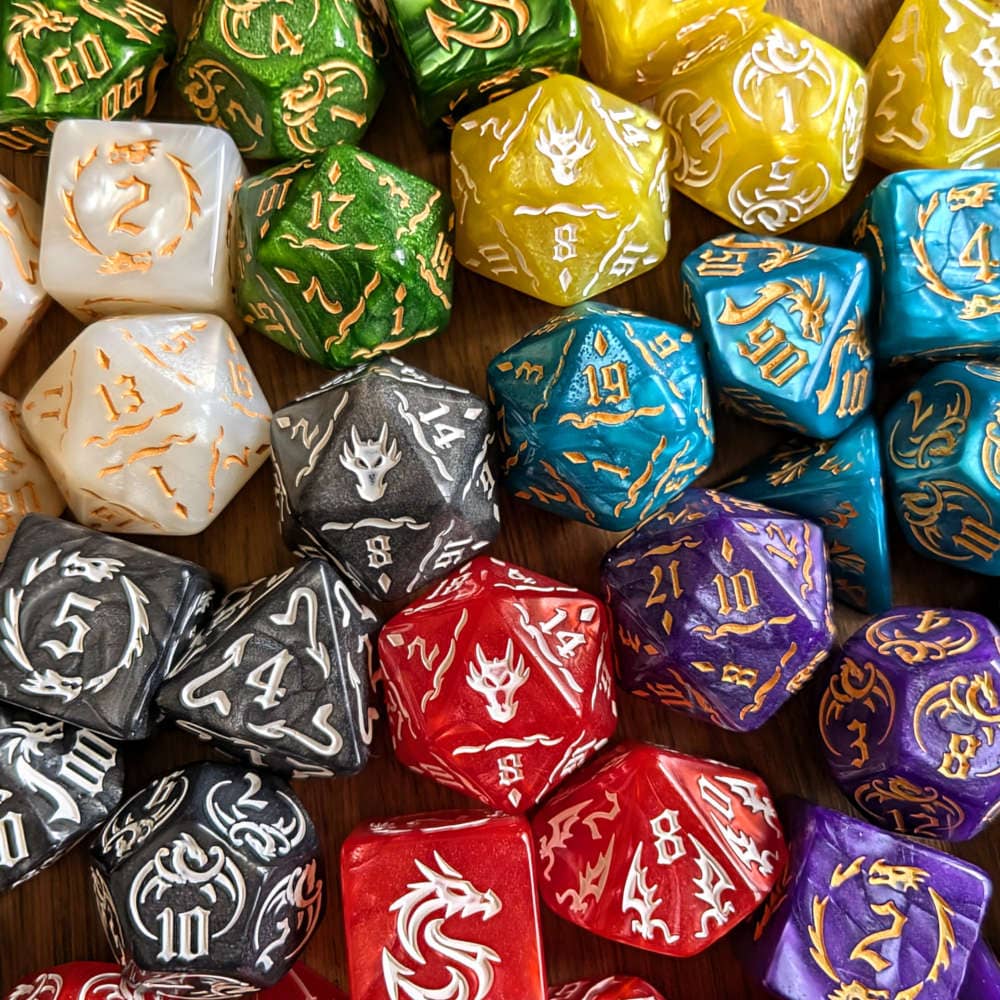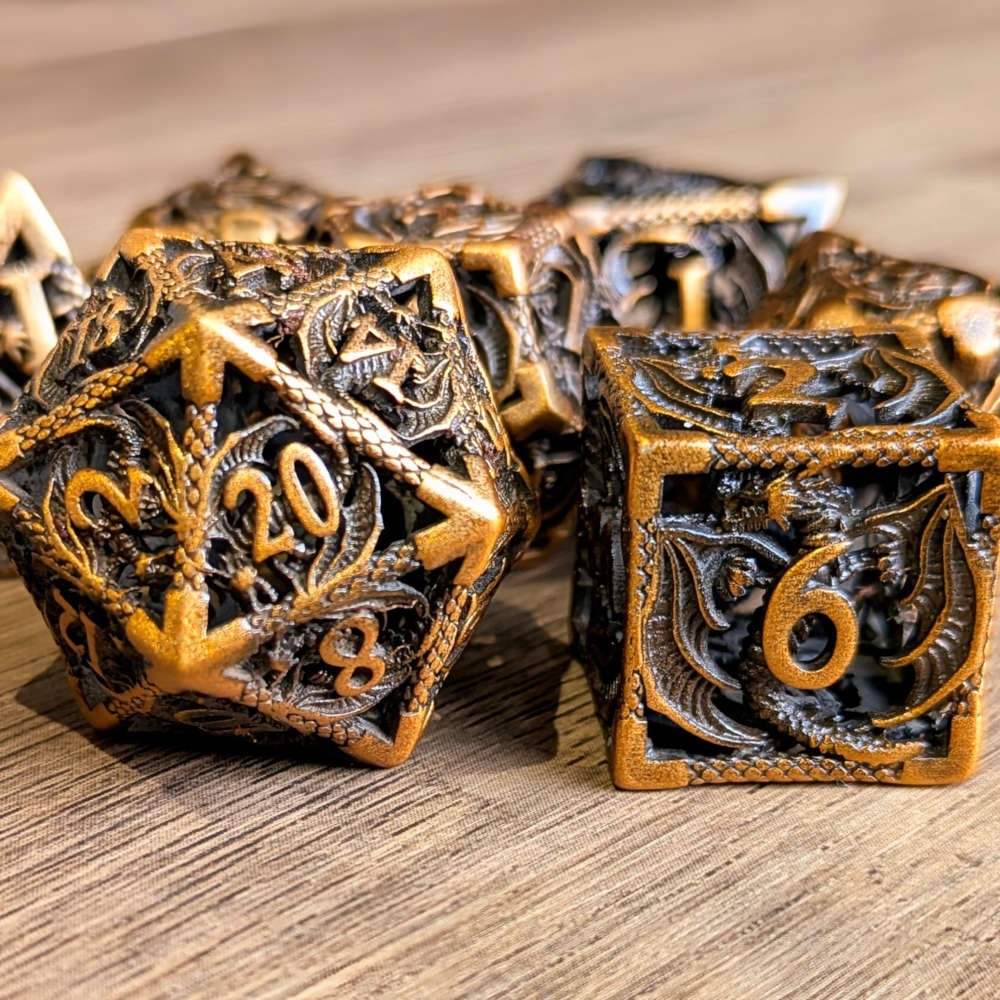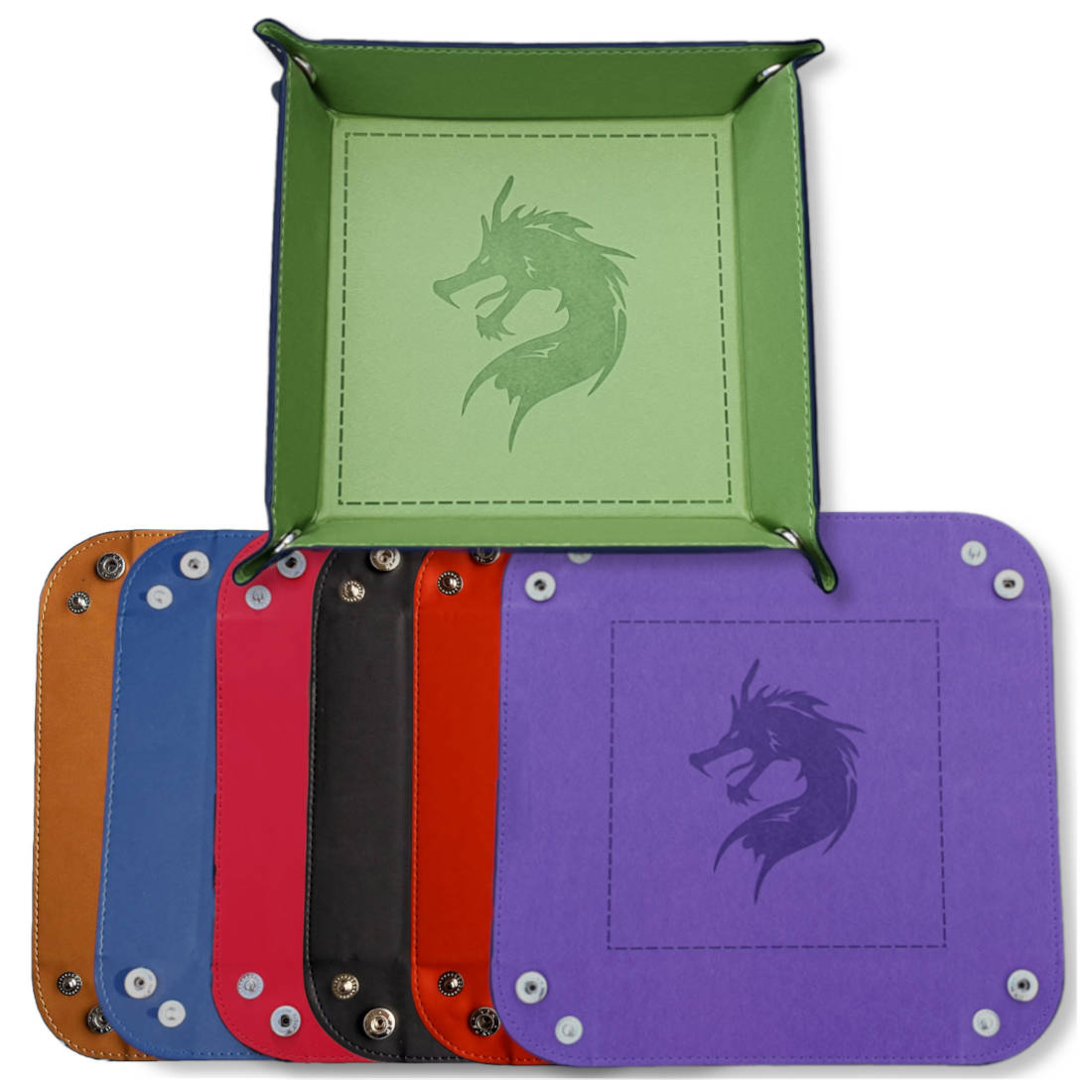How to play DND as a neurodivergent person

The world of Dungeons and Dragons (D&D) is full of enchanting adventures and magical realms. But for neurodivergent people, it might seem overwhelming.
The good news is that you’re not alone. We’ve teamed up with our friends at Dawnstar Gaming CIC who have experience running D&D and tabletop sessions for ADHD and SEND people, to bring you some tips so you can enjoy the world of D&D.
What is neurodiversity?
Neurodiversity is the recognition that not everyone thinks or feels in the same way. This encompasses a variety of conditions, such as:
- ADHD (Attention Deficit Hyperactivity Disorder)
- ASD (Autism Spectrum Disorder)
- Dyslexia
- Dyspraxia
- Dyscalculia and Dysgraphia
These conditions can affect people in a unique way, but at the D&D table, it might include:
- Struggling to sit still
- Difficulty paying attention for a long time
- Needing something to fidget with
- Finding it hard to remember all the little details
- Accidently knocking things over on the playing board
Tips for playing DND in a neurodiverse inclusive way
It’s important to know that there is no one-size-fits-all approach. Everyone is different, and there are things that both players and Dungeon Masters (DMs) can do to create a fun and inclusive place to play:
Take regular breaks
Just like a wizard rests to recharge their magical energies, taking regular breaks can help you stay at your best throughout the game.
Some people may benefit from frequent short breaks as it allows them to reset their focus, gather their thoughts, and come back to the game with renewed energy. It's like taking a short rest in-game. It gives everyone the chance to catch their breath before facing the next challenge.
During these breaks, there are lots of things you could do: stretch your legs, grab a snack, or take a moment to daydream about your character's next heroic feat.
Since a D&D game can go on for hours, remember that taking regular breaks isn't a bad thing. It's a positive way to keep your adventures fresh and engaging, allowing you to fully embrace your role as an intrepid adventurer.
Use visual cues
Theatre of the mind can sometimes be chaotic or difficult to keep track of.
Virtual Tabletops can be used to show battle maps, character portraits, and landscape images. These help keep players interested and invested in the world they are playing in. If you’re gathering around a physical table, you could use miniatures, props, and character creation websites like Hero Forge to forge a deeper connection.
If you’re playing online, you and your fellow players could agree to turn on webcam video, so you have something visual to connect with. Whether that is simply the faces and expressions of your fellow friends, or the gestures and facial expressions as your Dungeon Master portrays an NPC.
Consider sensory needs
We all have different sensory sensitivities. Some of us might get easily distracted by our phones, in which case turn them off and place them somewhere out of sight. For others, an outlet such as a fidget toy, your favourite set of D&D dice, or a notebook can give a physical outlet.
The environment you play in can also make it easier or harder to focus. Try to limit distractions in the surrounding area, and find a quieter, less busy environment to play in if possible.
Reward cooperative and engaged play
Cooperation, teamwork, and making decisions together are at the heart of D&D. Encourage and celebrate these qualities at your table, and make sure everyone gets the chance to share their thoughts. Keep an eye on making sure one player doesn’t take the spotlight for too long.
It’s important not to punish someone for not being engaged. Instead, focus on positive reinforcement: use verbal praise, small rewards, and Inspiration. These are fantastic ways to show appreciation, both in and out of the game. They highlight a player’s achievements and their valuable contributions to the adventure.
Deliver information considerately
Break down information into smaller, simpler parts using clear language. Avoid long sentences or big lore dumps. This is called ‘chunking’ and can help people handle and process information.
Be patient and ready to repeat things, whether that is a recap at the start of the session or repeating a key piece of information. Taking session notes or using hand-out cards with key pieces of information helps ensure things aren’t forgotten.
Adopt flexible rules
D&D is a game built on imagination and fantasy. Rules are flexible, so skip tricky rules like inventory tracking if it’s hard. Use cheat sheets or DND Beyond for needed rules. ‘Rule of Cool’ is a great tool - if something sounds cool and creative, let it happen! It keeps players excited and involved.
For example, there are no official ways to play as a dragon in D&D, but that doesn’t mean you can’t be flexible. Consider the use of homebrew, or allowing your player to have a dragon as a pet.
Write information down
Having a notebook can be a powerful tool - it’s not just for taking session notes; you can use it to jot down ideas about your character, draw, or doodle. Writing things down helps keep your thoughts organised and prevents forgetting essential details.
Check out our guide to taking notes in D&D for more tips about the best ways to make and organise your session notes.
You could also use a neurodivergent-friendly character sheet to help you keep track of your character.
Engage directly with each other
When playing D&D, direct engagement can make a big difference. Sessions can often be quite long, and it can be challenging to tune into ongoing activities. Addressing players by their name and getting confirmation that they heard you can help to catch their attention.
So, before sharing information, asking a question, or their turn in combat, start by calling out their name and ensuring they are aware before proceeding.
Consider the use of audio
Audio cues, such as background music, ambient sounds, or sound effects can play a valuable role in enhancing the experience. However, individual preferences vary, and some players might find music or sound effects distracting.
As a Dungeon Master or player, discuss with your group whether audio cues align with everyone’s comfort and attention needs. Flexibility is key: adjusting the volume and types of sounds, or even allowing players to opt out can help create a positive environment for everyone involved.
Be compassionate
Being compassionate is crucial when playing D&D - open communication and honest conversations help you understand each player’s needs and preferences. Ask your fellow players how they’re feeling and what strategies work best for them.
Creating a welcoming space may mean having a smaller group, reducing wait times between turns of combat, and allowing everyone to contribute more frequently.
Remember, everyone is unique, and patience goes a long way. By being kind, flexible, and patient, you can help ensure that every player can fully enjoy the magic of Dungeons & Dragons.
For Dungeon Masters who would like extra reading, Caleb Valorozo-Jone’s handbook Neurodiversity, Dungeons, and Dragons offers more tips for running a game with neurodiversity inclusion in mind.
This article was written in collaboration with our partners at Dawnstar Gaming CIC. Together we’ve compiled key strategies, using their experience managing ADHD and SEND, along with tips gathered from the neurodiverse community and ADHD people. If you feel there’s something we’ve missed, or would like to share your experiences, feel free to contact us.





